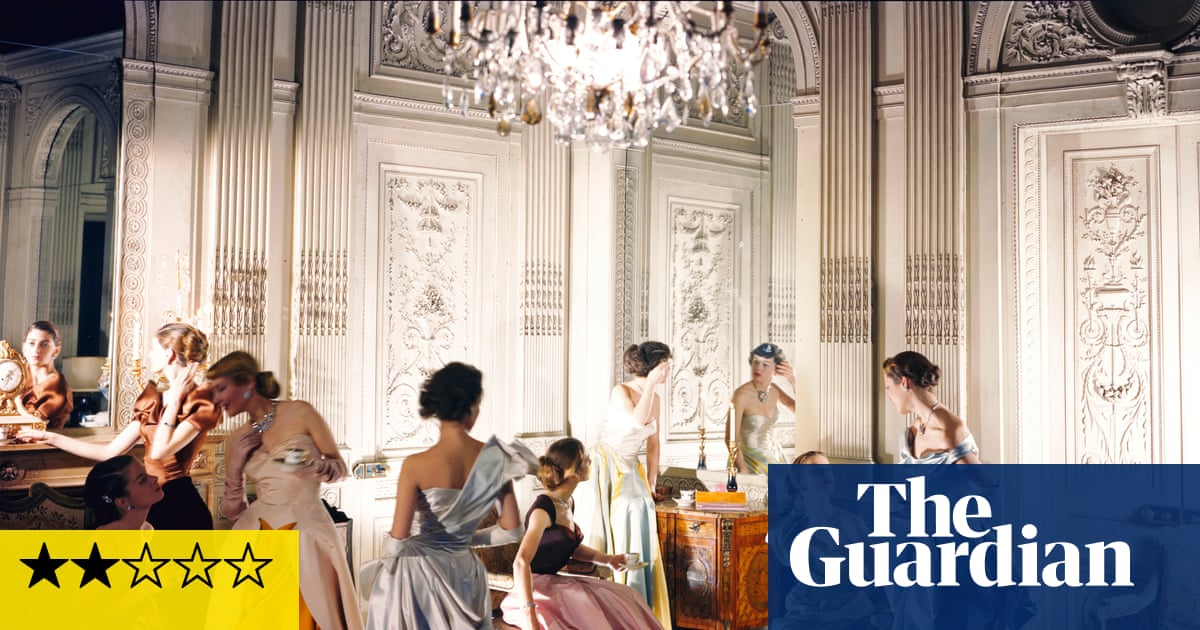
"At the entrance to the National Portrait Gallery's new Cecil Beaton exhibition, there's a wall-sized reproduction of a 1948 colour transparency, originally printed in Vogue. In it, eight coiffed white women wear elegant evening gowns by designer Charles James, chatting and preening in an 18th-century style French-panelled room. They engage only with each other, uninterested in the camera, looming larger-than-life above us. The effect on the viewer is of being excluded, unseen."
"This feeling only mounts as you proceed through Cecil Beaton's Fashionable World, a show that presents the photographer as a sharp-tongued socialite obsessed with high society, beauty and himself. Beaton's first exhibition at the NPG was in 1968. It was then the first ever solo show by a photographer at a British museum. Sixteen surviving silver gelatin prints from it are presented in the show's first room. They are lavish, theatrical portraits of brooding beauties with dark-painted lips, a swansong to the age of elegance."
"The wall text points to a telling diary entry he wrote as a child: I don't want people to know me as I really am, but as I am trying and pretending to be. A very willing subject Cecil Beaton, c 1935. Photograph: The Cecil Beaton Studio Archive, This made him a good fashion photographer, but not a good portraitist. The expressions of his sitters are flat, the poses repetitive."
An imposing wall-sized 1948 Vogue colour transparency greets visitors, showing eight coiffed white women in Charles James gowns conversing in an 18th-century French-panelled room, producing an exclusionary effect. The exhibition frames Cecil Beaton as a sharp-tongued socialite and self-performing fashion photographer whose theatrical Vogue images valorize high society and glamour. Early silver gelatin portraits show lavish, brooding beauties; self-portraits reveal continual role-playing. A childhood diary line—'I don't want people to know me as I really am'—is foregrounded. The show credits Beaton's fashion skill while critiquing his portraiture for flat expressions and repetitive poses.
Read at www.theguardian.com
Unable to calculate read time
Collection
[
|
...
]